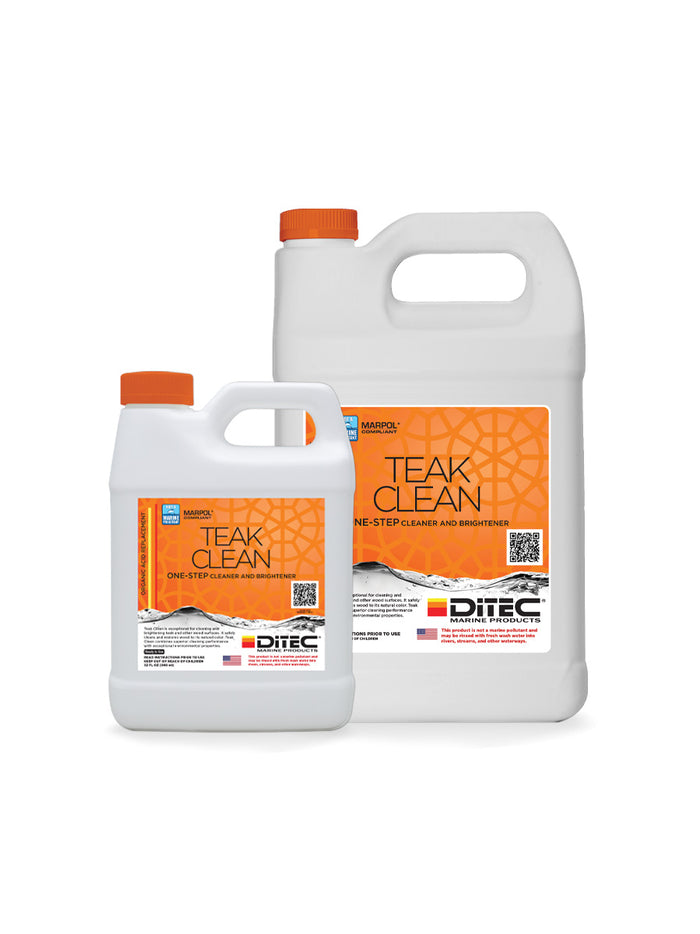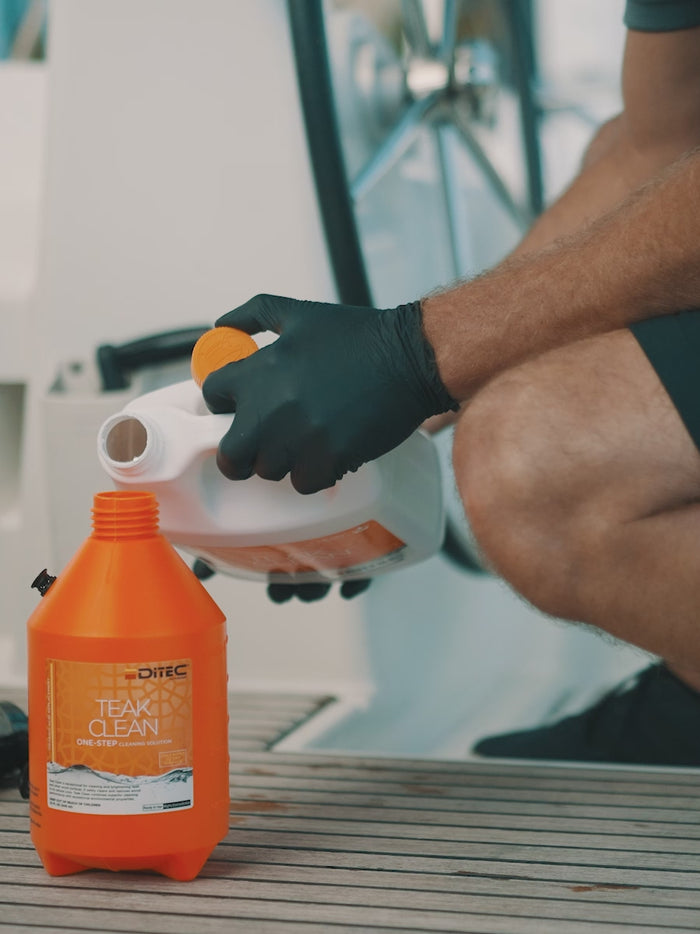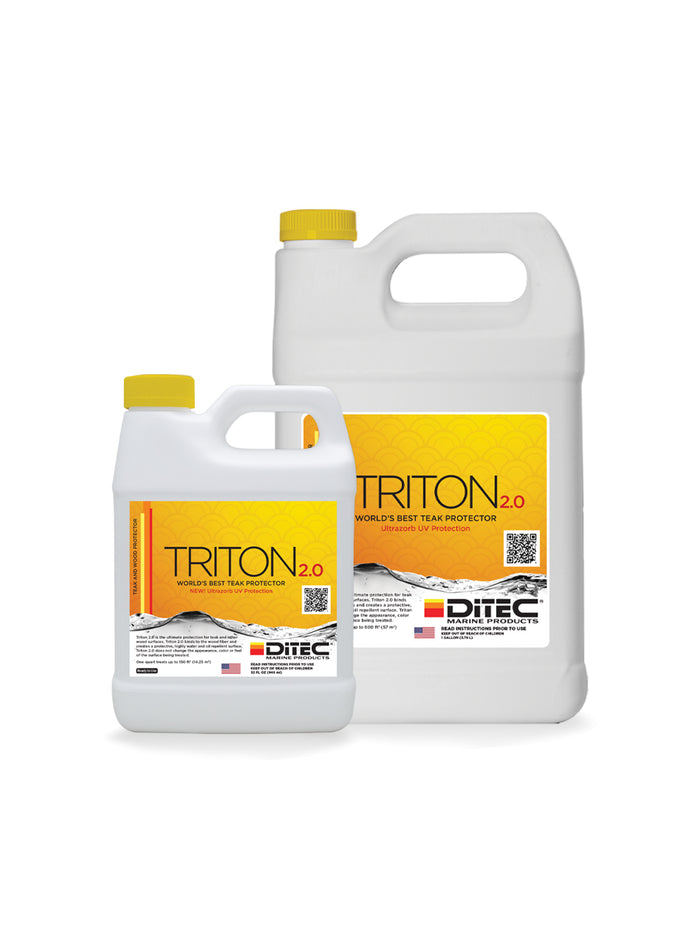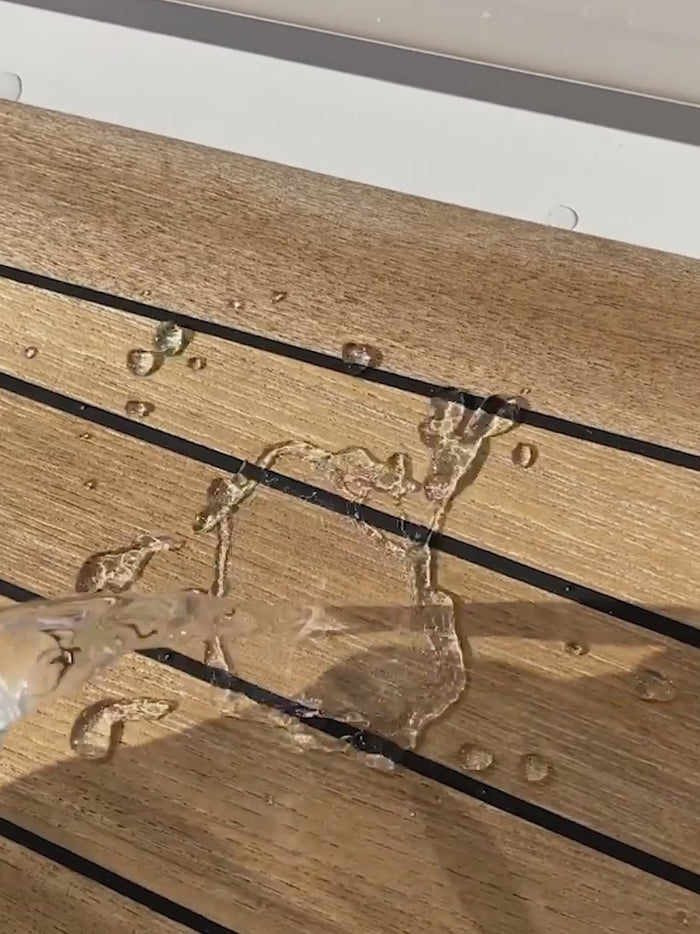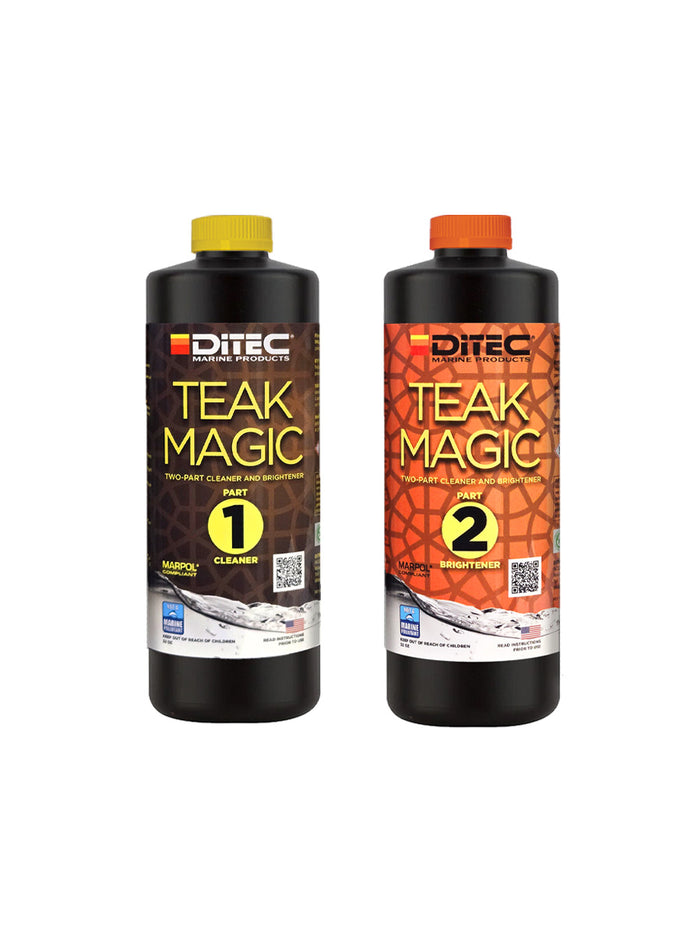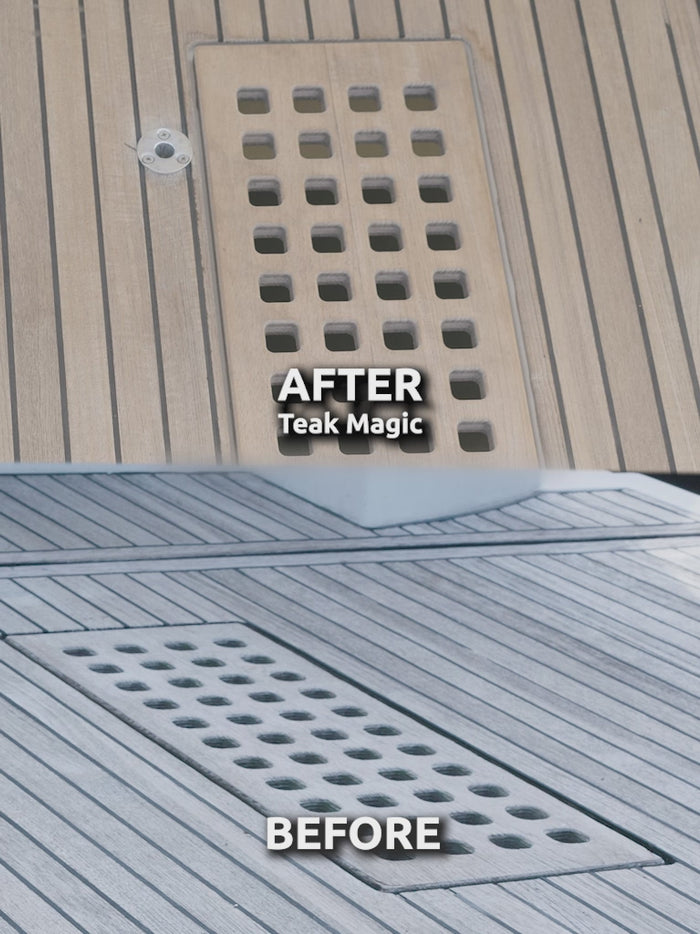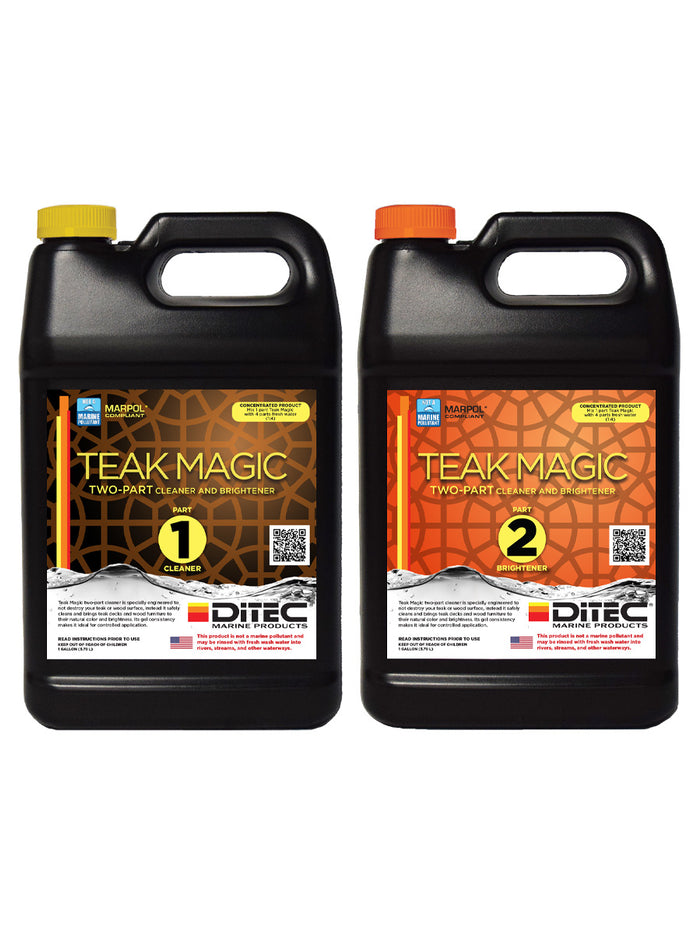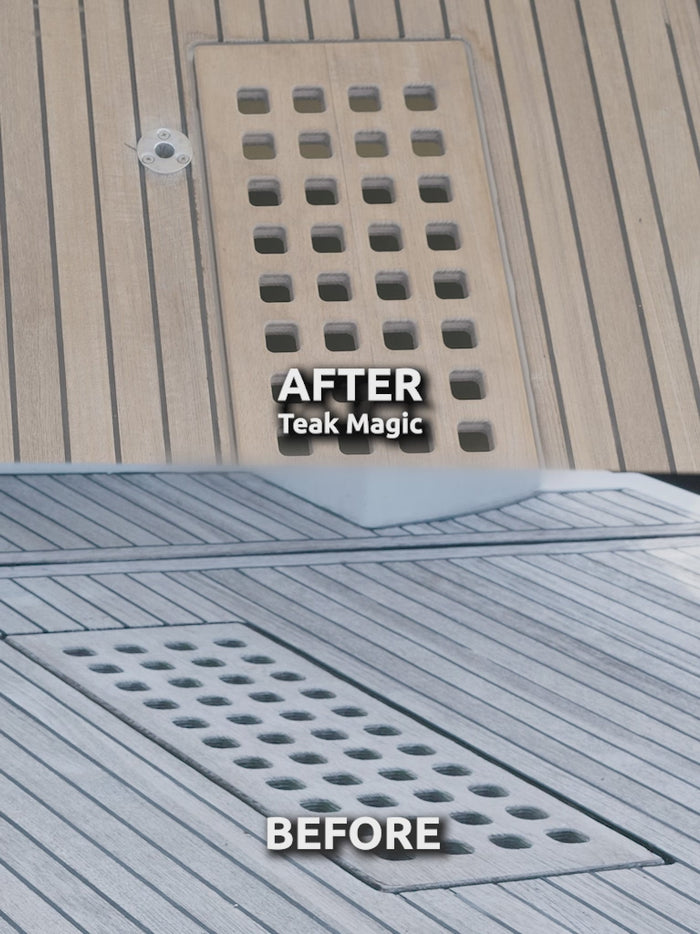Teak wood, celebrated for its durability, resistance to decay, and aesthetic appeal, has been a preferred material for centuries in boat building, furniture making, and flooring. Among the various types of teak, Burmese teak, sourced from the natural forests of Myanmar (formerly Burma), has traditionally been regarded as the gold standard. However, with increasing demand and environmental concerns, plantation-grown teak has become more prevalent in the market. This article explores the differences between Burmese teak and the more widely manufactured plantation teak available today.
Origin and Growth Conditions
Burmese teak (Tectona grandis) is indigenous to Myanmar, thriving in its native soil and climatic conditions. The unique soil composition, rich in silica, contributes to the wood's exceptional qualities, including its renowned durability and resistance to the elements.
In contrast, plantation teak is cultivated in controlled environments across various tropical regions, including countries like Indonesia, Costa Rica, and African nations. These plantations aim to meet global demand while promoting sustainable forestry practices. However, the differences in soil chemistry and climate between these regions and Myanmar result in variations in the wood's characteristics.
Density and Durability
The growth rate of teak trees significantly impacts the wood's density and durability. Burmese teak trees grow slowly in natural forests, leading to a higher number of growth rings per inch, typically between 20 to 25. This slow growth results in denser, more durable wood with superior resistance to moisture, decay, and insect infestations.
Plantation teak, on the other hand, is often grown in environments that promote faster growth, resulting in fewer growth rings, usually between 10 to 12 per inch. This accelerated growth can lead to wood that is less dense and, consequently, less durable. As a result, plantation teak may be more susceptible to warping, cracking, and reduced resistance to environmental factors compared to its Burmese counterpart.
Color and Grain
Aesthetically, Burmese teak is prized for its rich, golden-brown hue and uniform, straight-grain pattern. Over time, it develops a darker patina, enhancing its visual appeal.
Plantation teak exhibits a lighter color and less consistent grain patterns. The variations in soil chemistry and faster growth rates contribute to these differences, making plantation teak less lustrous and slightly lighter in tone compared to Burmese teak.
Sustainability and Ethical Considerations
The harvesting of Burmese teak has raised environmental and ethical concerns. Myanmar has experienced significant deforestation, with teak logging contributing to the loss of natural forests. Additionally, political and humanitarian issues associated with the Myanmar government have led to sanctions and restrictions on Burmese teak exports in several countries.
Conversely, plantation teak is cultivated under controlled, sustainable forestry practices. Many plantations adhere to environmental guidelines, ensuring responsible management and reduced ecological impact. This approach not only supports environmental sustainability but also provides an ethical alternative for consumers seeking teak products.
Applications and Cost
Due to its superior qualities, Burmese teak is often reserved for high-end applications, such as luxury furniture, yacht decking, and intricate woodwork. Its rarity and exceptional characteristics command a premium price, making it one of the more expensive hardwoods available.
Plantation teak, being more readily available and cost-effective, is commonly used for general furniture, flooring, and outdoor structures. While it may not match the unparalleled quality of Burmese teak, plantation teak still offers commendable durability and aesthetic appeal, making it a practical choice for many consumers.
While both Burmese and plantation teak originate from the same species, Tectona grandis, their differences are pronounced due to variations in growth conditions, density, color, sustainability, and cost. Burmese teak remains the benchmark for quality, offering unmatched durability and beauty, but it comes with environmental and ethical considerations. Plantation teak provides a more sustainable and affordable alternative, suitable for a wide range of applications, though with some compromises in quality.




